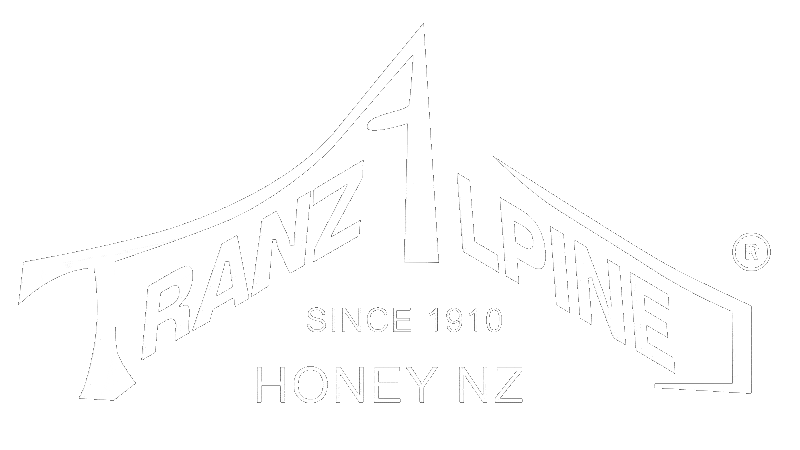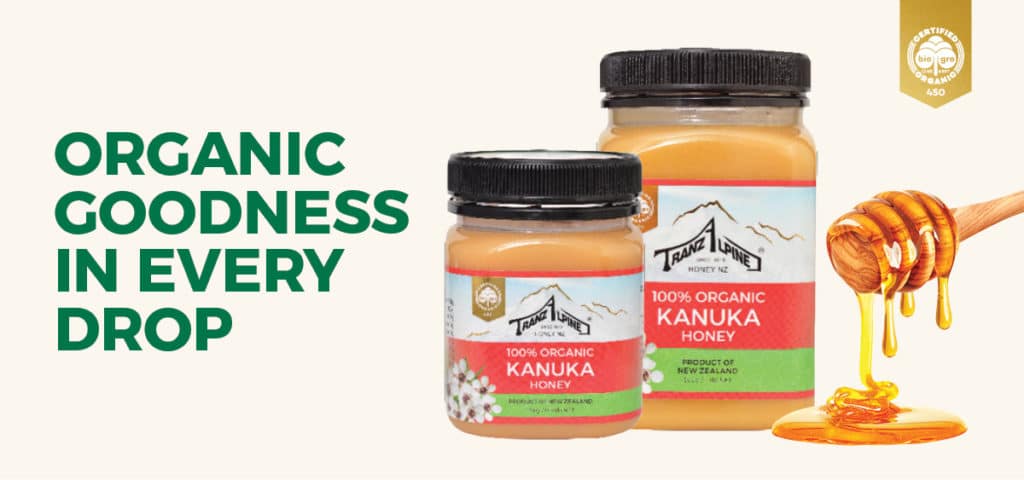
The Rise of Kānuka Honey
Manuka honey is the coveted honey that New Zealand is famous for. It is known for its extraordinary health properties and medicinal benefits.
But research is starting to uncover the secrets of another honey made from the nectar of a well-known New Zealand native – the Kānuka (kunzea ericoides) tree. It is fast becoming clear that Kānuka honey is going to be the next super honey.
The Kānuka Honey Super Food
Traditionally, the bark, seeds and leaves of both the Kānuka and Manuka trees were used in ancient Maori medicine to treat a wide range of ailments such as coughs, colds, inflammation, wound healing and digestive complaints.
Manuka honey contains a compound called Methylglyoxal (MG). It is a powerful bio-active that is responsible for the exceptional healing and health benefits.
Kānuka honey contains AGP (Arabinogalactan proteins) AGPs are bioactive proteins found in the cell walls of plants. AGP has been scientifically proven to be immunostimulatory, meaning it has the ability to stimulate the immune system.
AGPs are a rich source of anti-inflammatories and release a type of cytokine called macrophages from the immune system.
Macrophages are highly specialised cells that can detect and destroy harmful bacteria while activating the anti-inflammatory process. They can also send antigens to T cells!
Results from a study on New Zealand Manuka and Kānuka honey showed Kānuka honey to be particularly effective at increasing the amount of TNF-α (an immune factor involved in the healing process).
Another study found that New Zealand Kānuka honey, applied as a cream five times a day, was just as effective as 5% acyclovir cream in the treatment of cold sores.
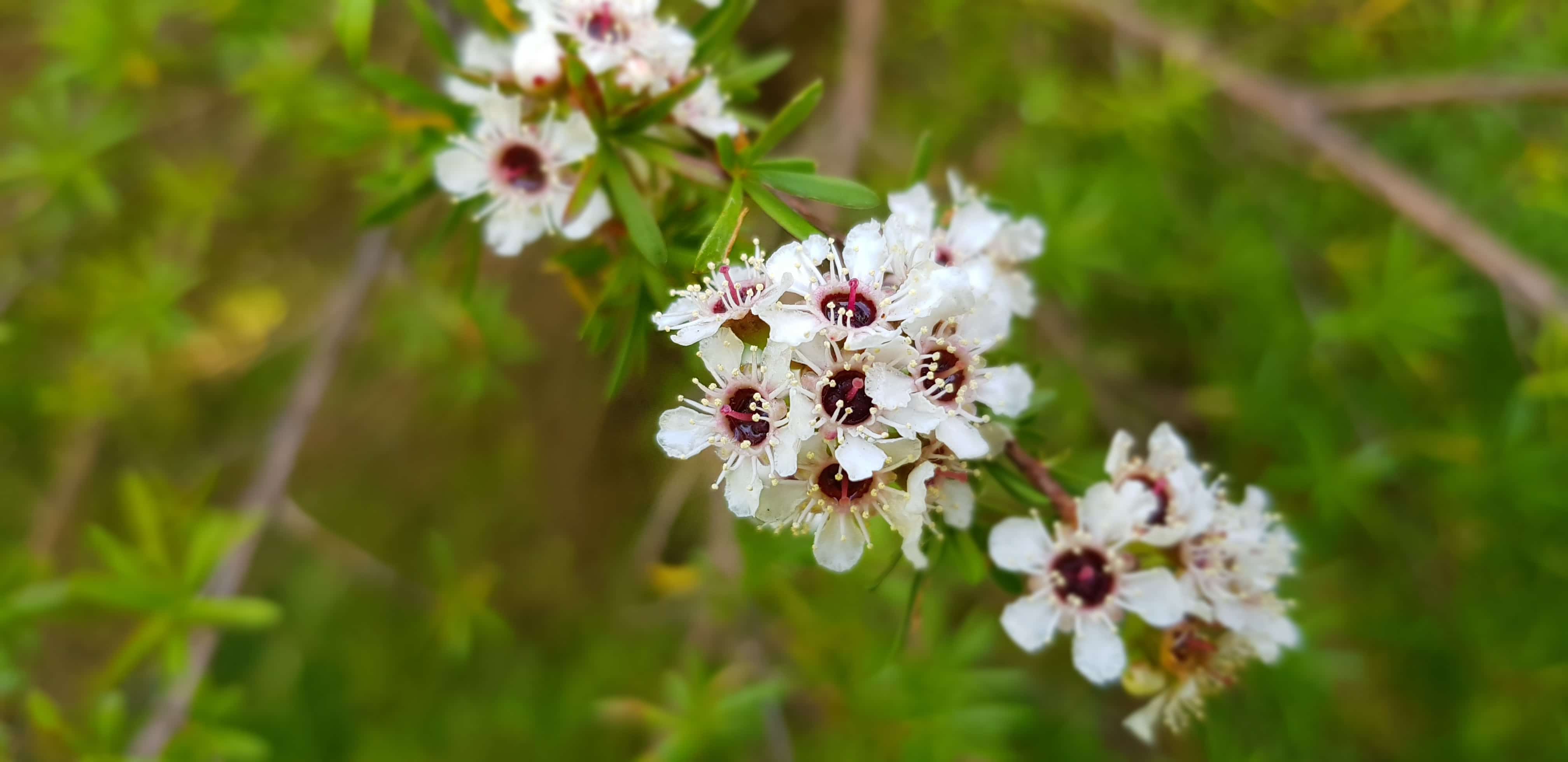
What is honey made of?
Honey contains around 200 different substances: sugars (fructose and glucose), protein (amino acids), vitamins, minerals, enzymes and other nutrients, including phenolic acids, and bioflavonoids.
The exact combination is thought to vary because of many reasons, including what type of flower the honey was produced from and the location of bees and flowers.
Kānuka Honey vs Manuka Honey
The Manuka tree has bigger single white flowers and small, long pointed green leaves. Kānuka has smaller clusters of white flowers and rounder green leaves.
Both trees are native New Zealand species, although Manuka is more widely found and more tolerant to cold. Kānuka likes it a bit warmer and doesn’t venture further south than the Otago region.
Manuka honey is a golden colour with a rich floral taste. Kānuka honey has a crisp, aromatic butterscotch flavour.
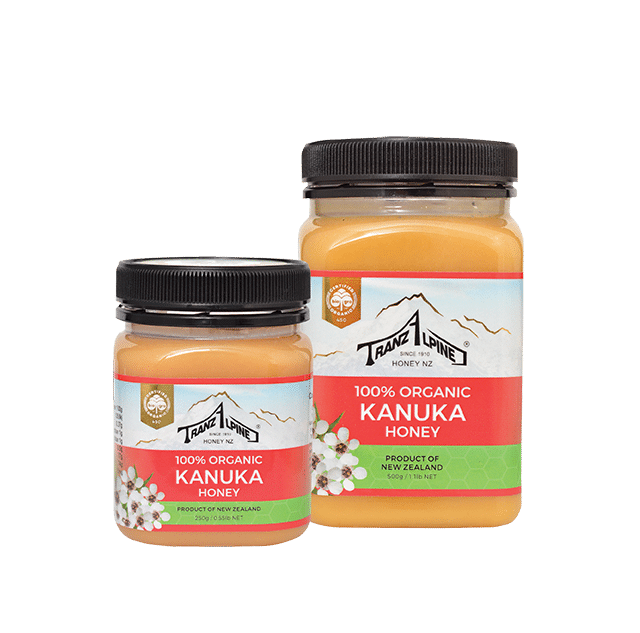
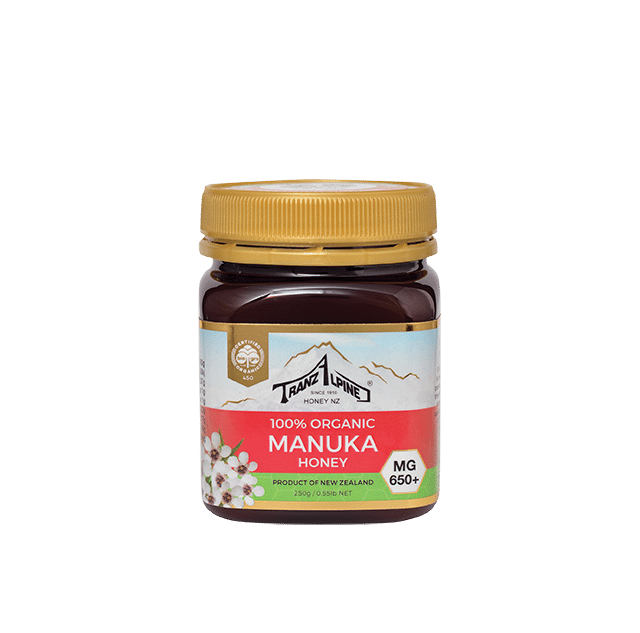
Top Benefits of Organic Kānuka Honey
The humble Kānuka honey has a wide range of health benefits that make it just as special as Manuka honey.
- Heal wounds and cuts
- Treat acne, eczema and rosacea
- Treat and banish painful cold sores while promoting oral health
- Reduce inflammation and protect against gastrointestinal ulcers
- A powerful healer of burns
A Humble Honey Hero
Scientists continue to learn more about this extraordinary superfood honey that is just as powerful as its famous Manuka counterpart. You can buy this delicious butterscotch honey all year round online from us here.
Keep some on hand as a sweet treat and to use as a family home remedy in your medicine kit.
Save up to 30% when you purchase an organic wellness honey subscription from us!
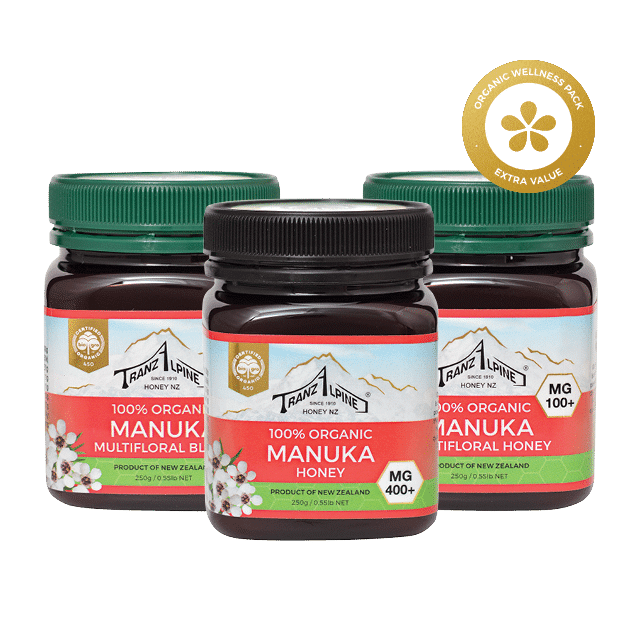

Posted in Natural Health, Organic
Share:
